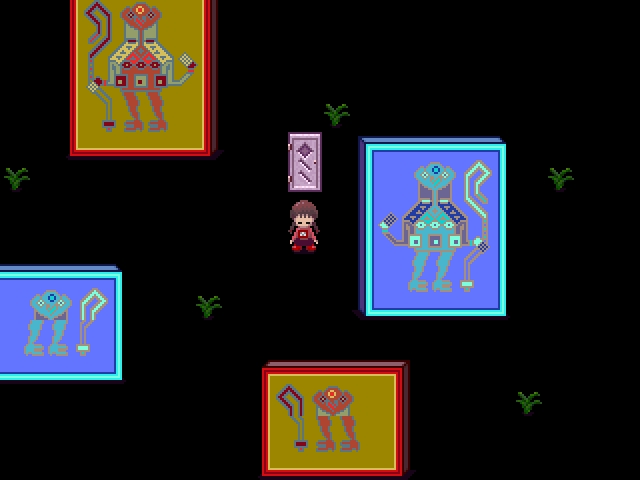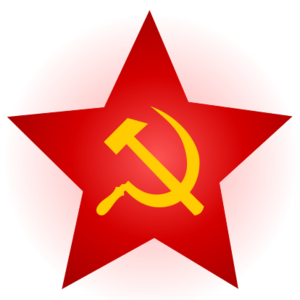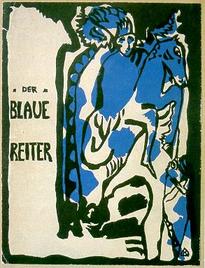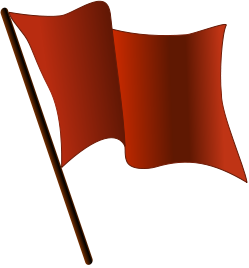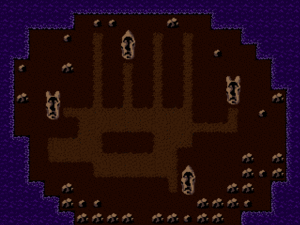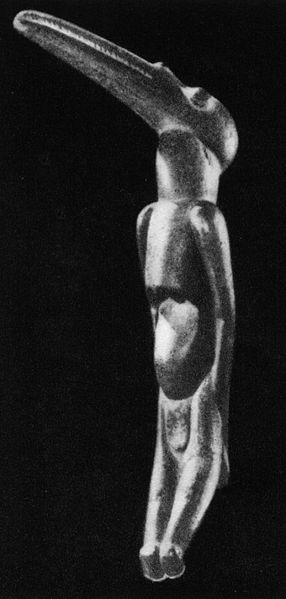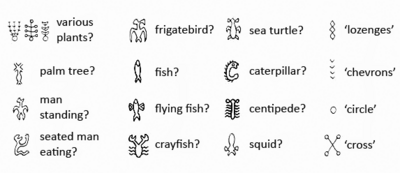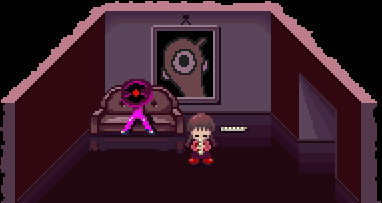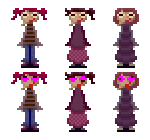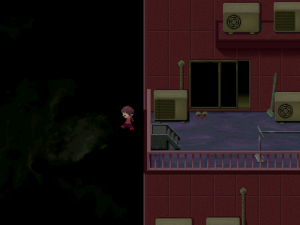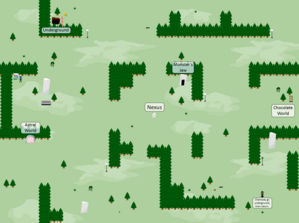>Mt.kiki No edit summary |
>Mt.kiki No edit summary |
||
| Line 27: | Line 27: | ||
[[File:Hammer_and_Sickle_Red_Star_with_Glow.png|thumb|The hammer and sickle and the red star are universal symbols of communism.]] | |||
==[[Mural World]]([http://en.wikipedia.org/wiki/Pinko Pinko] Door)== | |||
Pinko is a critical term coined in America in 1925, originally to describe a person regarded as being sympathetic to [http://en.wikipedia.org/wiki/Communism <u>communism</u>], though not necessarily a [http://en.wikipedia.org/wiki/Communist_Party <u>Communist Party</u>] member. | |||
http://en.wikipedia.org/wiki/Pinko | |||
[[File:BlaueReiter.jpg|thumb|DER_BLAUE_REITER(The Blue Rider)]] | |||
==[[Mural World]]([http://en.wikipedia.org/wiki/Der_Blaue_Reiter Der Blaue Reiter])== | ==[[Mural World]]([http://en.wikipedia.org/wiki/Der_Blaue_Reiter Der Blaue Reiter])== | ||
Revision as of 09:03, 22 February 2013
Mural World(Pinko Door)
Pinko is a critical term coined in America in 1925, originally to describe a person regarded as being sympathetic to communism, though not necessarily a Communist Party member.
http://en.wikipedia.org/wiki/Pinko
Mural World(Der Blaue Reiter)
Der Blaue Reiter (The Blue Rider) was a group of artists from the Neue Künstlervereinigung München in Munich, Germany. The group was founded by a number of Russian emigrants, including Wassily Kandinsky, Alexej von Jawlensky, Marianne von Werefkin, and native German artists, such as Franz Marc, August Macke and Gabriele Münter. Der Blaue Reiter was a movement lasting from 1911 to 1914, fundamental to Expressionism, along with Die Brücke which was founded in 1905.
http://en.wikipedia.org/wiki/Der_Blaue_Reiter
Mural World(Red flag)
現代美術、特に19世紀半ば以降の芸術を理解せず毛嫌いしたナチスは、それらを「頽廃芸術」であると一方的にみなし、美術館などから作品を没収し芸術家に制作を禁じるなどして強力に弾圧した。ドイツ表現主義の作品もそのやり玉にあげられ、青騎士に属していた芸術家たちも例外ではなかった。
Contemporary art and especially the Nazis that understood and had an instinctive dislike of the art on and after the middle of the 19th century oppressed powerfully by considering that they are "Degenerate art" on a target on the other hand, confiscating a work from an art museum etc., and forbidding an artist work.
Neither the works of the German Expressionism nor the artists of those whom it made a victim of and that belonged to the blue knight were exceptions.
Mural World(Petroglyph)
The Birdman cult was suppressed by Christian missionaries in the 1860s.
http://en.wikipedia.org/wiki/Tangata_manu
←Not Mural World(FC World)
The origin of the cult and the time thereof are uncertain, as it is unknown whether the cult replaced the preceding Moai-based religion or had co-existed with it. Katherine Routledge was, however, able to collect the names of 86 Tangata manu.[1]
http://en.wikipedia.org/wiki/Petroglyph
Mural World(Birdmen)
Text X of the rongorongo corpus, known as the (New York) Birdman, is one of two dozen surviving rongorongo texts.
http://en.wikipedia.org/wiki/Rongorongo_text_X
Rongorongo is a system of glyphs discovered in the 19th century on Easter Island that appears to be writing or proto-writing.
The Tangata manu (bird-man), was the winner of a traditional competition on Rapa Nui (Easter Island). The ritual was an annual competition to collect the first Sooty Tern (manu tara) egg of the season from the islet of Motu Nui, swim back to Rapa Nui and climb the sea cliff of Rano Kau to the clifftop village of Orongo.
http://en.wikipedia.org/wiki/Tangata_manu
The Docks(Rongorongo380)
←"The tall, strobing NPC"
"seated man eating?"→
A tall, thin, strobing character found in The Docks that appears to be eating something. He gives the Fat effect. Rongorongo_Glyphs
The Sewers(Rongorongo046)
http://en.wikipedia.org/wiki/Street_art
Peach-colored
“∞(Rongorongo046)”
Pink"S(speed)"⇒tagging
Light green
"UFO"(Flyingsaucer)"
The Mall(Kokopelli)
Kokopelli is a fertility deity, usually depicted as a humpbacked flute player (often with feathers or antenna-like protrusions on his head), who has been venerated by some Native American cultures in the Southwestern United States. Like most fertility deities, Kokopelli presides over both childbirth and agriculture. He is also a trickster god and represents the spirit of music.
http://en.wikipedia.org/wiki/Kokopelli
Japanese Spall
笛(ふえ)⇒a recorder
English Spall
猫(ねこ)= a cat(Effect) + 背(ぜ)= the back ⇒ 猫背(humpbacked = the back of a cat)
Toriningen(Not Birdmen)
Harpies remained vivid in the Middle Ages.
In his Inferno, XIII, Dante envisages the tortured wood infested with harpies, where the suicides have their punishment in the seventh ring of Hell:
http://en.wikipedia.org/wiki/Harpy
Here the repellent harpies make their nests,
Who drove the Trojans from the Strophades
With dire announcements of the coming woe.
They have broad wings, a human neck and face,
Clawed feet and swollen, feathered bellies; they caw
Their lamentations in the eerie trees.[6]
William Blake was inspired by Dante's description in his pencil, ink and watercolour "The Wood of the Self-Murderers: The Harpies and the Suicides" (Tate Gallery, London)

